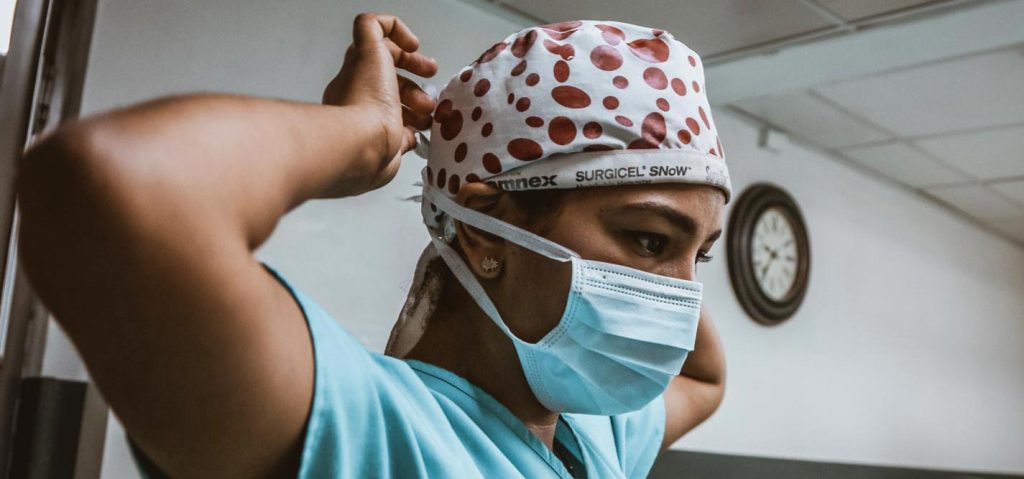
COVID-19 is not the most deadly virus, but it’s certainly set its place in history. Everything from healthcare to daycare has been altered. One of the factors that has enabled COVID-19 to become a pandemic is the nature of its symptom onset. What may appear innocent can evolve to be life-threatening. Perhaps equally problematic, symptoms can remain minor and enable spread.
Both patients and health care providers are well aware of the threat and a nation-wide call for social distancing resulted. These policies flatten the curve. However, they may lead to self-isolation of all patients, reducing interaction with providers. Healthcare facilities are viewed as potential for exposure. This fear is maintained in even the most extreme conditions: ER visits have decreased by as much as 50% in some areas and field cardiac arrests are on the rise. In a time where we are constantly reminded to stay at home to decrease contact, how do we remain connected to patients?
One answer is telehealth. Telehealth can triage patients before they enter healthcare facilities, allowing only the necessary physical interactions to take place. This reduces exposure while encouraging necessary visits. This benefits both patients not needing in person visits (by avoiding health care facilities all together) and those in need of care (by providing it in an environment with reduced patients). But, there is another important reason to maintain contact with as many patients as possible during a pandemic: symptom tracking.
Symptom tracking allows proper care to be directed toward patients in need. It also plays a critical role in the overall trajectory of a pandemic. Early notification of symptoms benefits the patient, but also the community. It provides context for evaluation of symptoms. If providers realize there are many positive COVID cases near a patient complaining of ‘allergies’, they may re-evaluate the self-diagnosis more carefully.
Symptom tracking enables efficient contract tracing. Traditional tracking involves thousands of workers painstakingly locating and alerting individuals of COVID exposure. The hope is to identify clusters and prevent them from ballooning into something worse. It has been effective against COVID in other countries. However, it is estimated the US is vastly understaffed to successfully employ such measures. Each state will likely have to determine the best way to track symptoms. The goal is to identify/isolate the infected, test and isolate those exposed, reduce the spread, and hopefully allow reopening of facilities.
Contact tracing is particularly challenging for COVID-19 due to it’s quick spread. Some models show the delay due to manual contract tracing prevents epidemic control. However, there is a solution: technology.
Technology is a powerful tool against COVID-19. With a simple app, symptom tracking can transform into contract tracing, cluster identification, or patient triaging. Isolation for the suspected infected and their contacts can be suggested in seconds instead of days. In other words, technology can transform the pandemic into something more manageable.
Every week brings new questions. “Should I go out?” is one that is difficult to answer, yet key for everyday life. Employing technology to expand symptom tracking can answer this question quickly and accurately, ultimately providing a path toward normalcy.

3 Responses